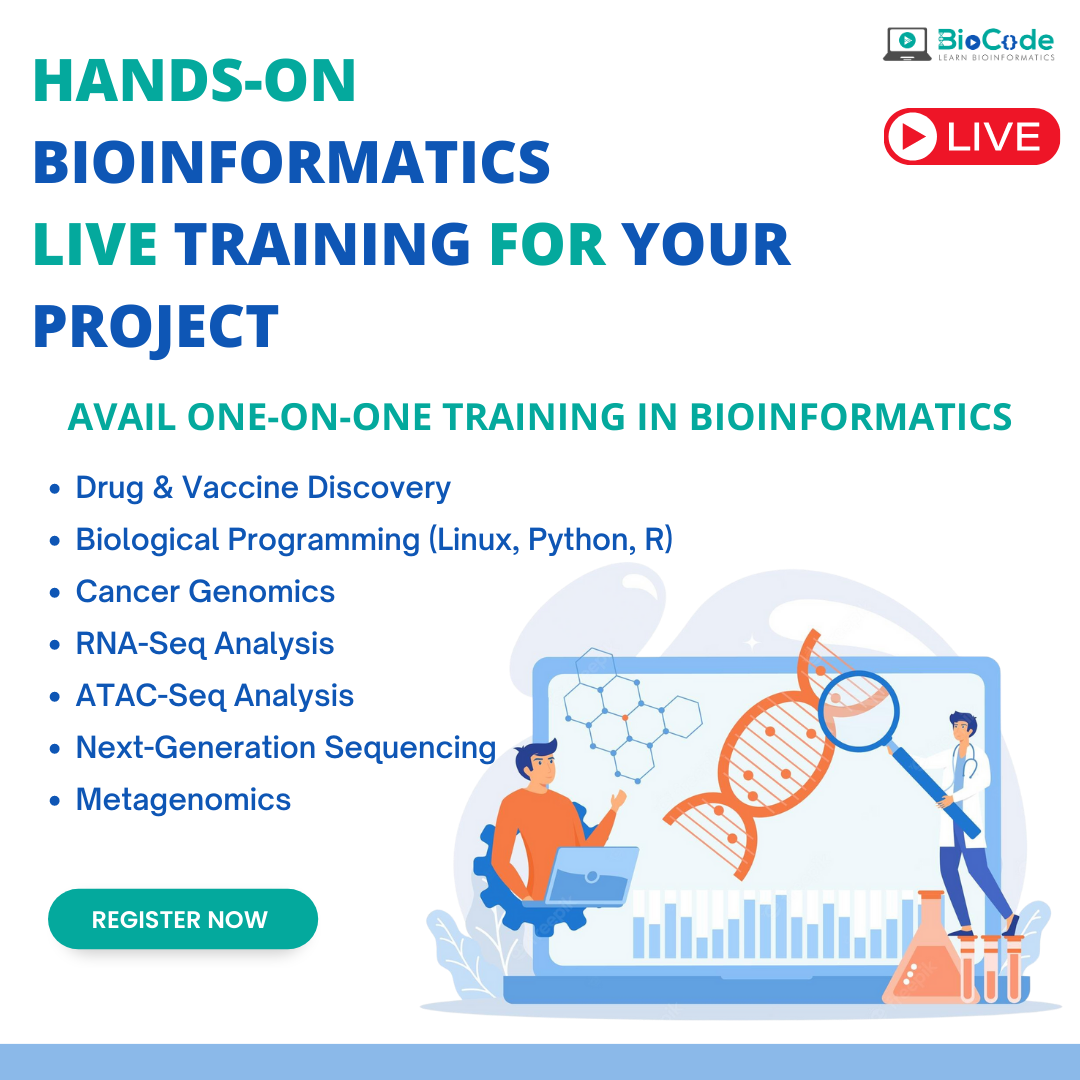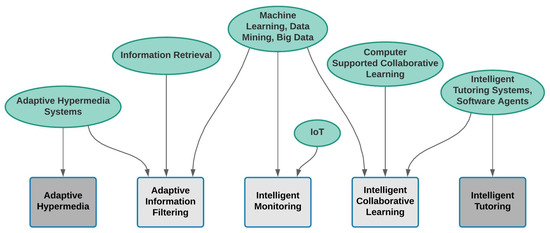The Best Strategy To Use For Bioinformatics Tutor
The Best Strategy To Use For Bioinformatics Tutor
Blog Article
Some Of Bioinformatics Tutor
Table of ContentsRumored Buzz on Bioinformatics TutorBioinformatics Tutor Fundamentals ExplainedEverything about Bioinformatics TutorBioinformatics Tutor Things To Know Before You Buy6 Easy Facts About Bioinformatics Tutor Described
Of the total participants associated with the training, 80% were trainees from public college establishments, while the staying 20% originated from exclusive establishments. To receive a certification of participation, trainees were required to attend at the very least 90% of the overall training hours. As an outcome of this requirement, an outstanding 95% of the participants efficiently obtained their certifications, having not just fulfilled the minimum attendance standards yet additionally finished all designated tasks throughout the training.
During the height of the COVID-19 pandemic, particularly between June and August 2020, the project group was tasked with arranging specialized training in bioinformatics. This training was especially focused on pupils from the research study group Nucleus for Study in Applied Computer at the Federal University of Pará (UFRA) The adaptation to remote discovering platforms due to the pandemic created a chance to explore new teaching approaches and digital devices that boosted both reach and effectiveness.
This course was made to provide an available yet comprehensive summary of Artificial Intelligence methods, specifically as applied in bioinformatics (Bioinformatics Tutor). This virtual layout made it possible for involvement from students throughout Brazil, numerous of whom may not have had the chance to attend in-person sessions.
4 Easy Facts About Bioinformatics Tutor Shown
Approximately 50% of the complete training hours were committed to useful activities where trainees built smart models and applications in a variety of clinical domain names, consisting of genes, molecular biology, and ecological information analysis. These systems allowed pupils to engage in real-time data manipulation, design training, and algorithm testing.
Sixty of them were associated with various higher education establishments in the state of Pará, while the continuing to be twenty came from institutions situated in 5 various other Brazilian states. By introducing Artificial Intelligence in a useful and appropriate context, the initiative offered to connect the gap in between concept and real-world application, supplying pupils with a solid foundation for future research or employment in the field.
The training campaign formed part of a wider academic outreach effort referred to as the Bioinformatics when traveling job. This project has, over the years, introduced lots of students to the world of bioinformatics and computational biology. The occasions held under this umbrella initiative have occurred throughout numerous regions and years, as summed up in Table 1 (Checklist of events, areas, years, and complete numbers of trainees and instructors)
Numerous of these teams, initially brought with each other by their participation in training events, have actually because gone on to generate independent clinical research in cooperation with local academic establishments. The training not only fostered scientific reasoning within the context of bioinformatics yet also stimulated collective relationships that prolonged past the training setting.
Not known Facts About Bioinformatics Tutor
The same team, excluding IH and RR, additionally acted as tutors for the functional training components. Financing for the job was offered through the grant 88887.200562/ 2018-00 from CAPES.
The Federal University of Pará's Workplace of Study (PROPESP/UFPA) likewise supplied monetary support, specifically for the manufacturing of the last manuscript. The writers proclaim no economic or industrial disputes of interest that might have influenced the research. Moreover, all opinions and interpretations shared in this write-up are only those of the writers and do not necessarily mirror those of their corresponding organizations, the publisher, editors, or reviewers included in the publication process.

The Ultimate Guide To Bioinformatics Tutor
From a pedagogical perspective, the training method made use of in the training was intentionally interactive. Courses were carried out in a manner that urged trainee engagement and conversation, going beyond memorizing memorization to discover how concepts are developed, used in life, and tested in academic setups. The instructional ideology focused on supporting find out here now both solid and battling trainees, supplying customized assistance, and structure confidence via continual mentorship and patience.

Each team, including roughly 36 participants, was sustained by three mentors-- the majority of whom were postdoctoral scientists with specialized experience. These advisors not only aided develop the team projects however also promoted their implementation, making certain that each research concern was both suitably difficult and pertinent. The objective was to give a biologically practical context that individuals might check out through flexible purposes and accessibility to curated datasets.
For additional understandings into the technique and end results of this project-based understanding strategy, viewers are guided to S1 Text, which includes in-depth descriptions of the instructional framework, assessment approaches, and project themes used in the training sessions.
What Does Bioinformatics Tutor Mean?
Of the total amount individuals included in the training, 80% were pupils from public see this page greater education and learning establishments, while the staying 20% came from private organizations. To qualify for a certification of participation, pupils were needed to attend at the very least 90% of the complete training hours. Notably, beyond the students that signed up in the training sessions, seven experienced trainers participated in delivering the training courses, while three specialized research professors worked with the overall training procedure. Around 50% of the complete training hours were committed to practical tasks where students developed intelligent versions and applications in an array of clinical domain names, including genes, molecular biology, and ecological data analysis. The training not only promoted scientific thinking within the context of bioinformatics yet likewise triggered joint connections that expanded past the training environment.
Report this page